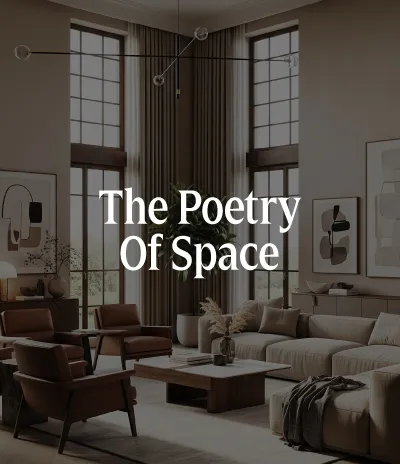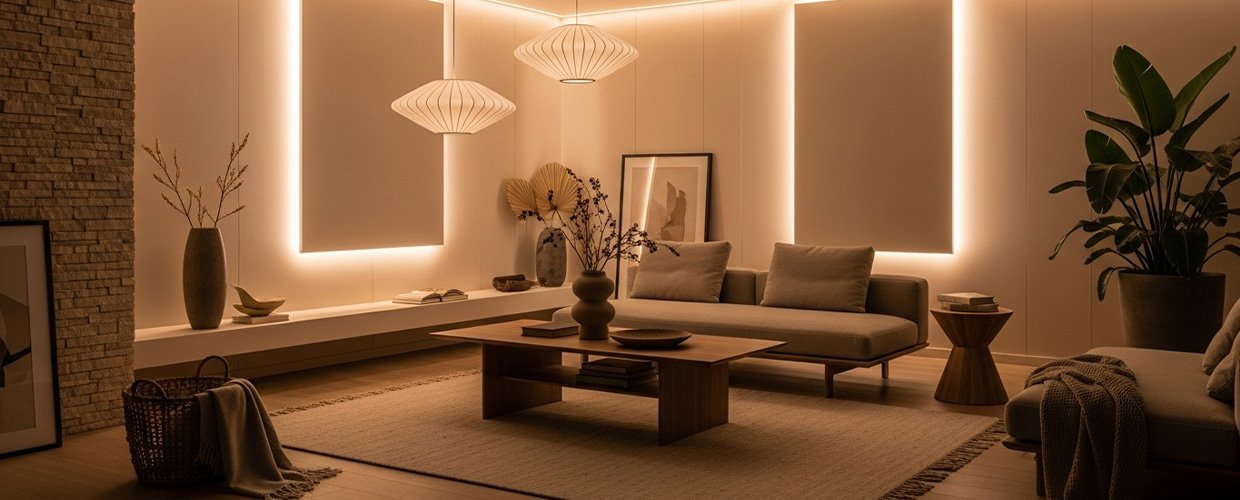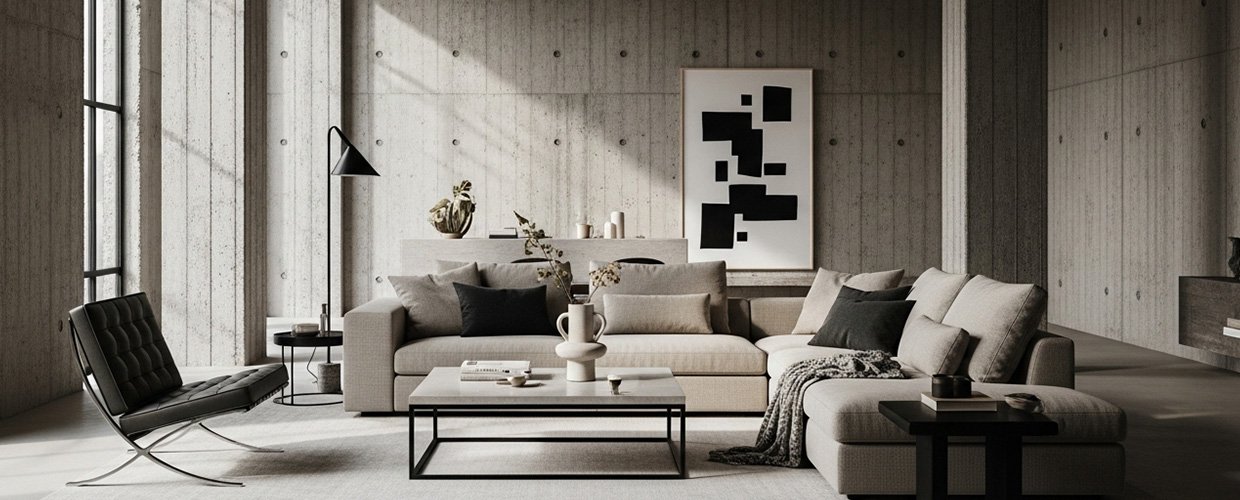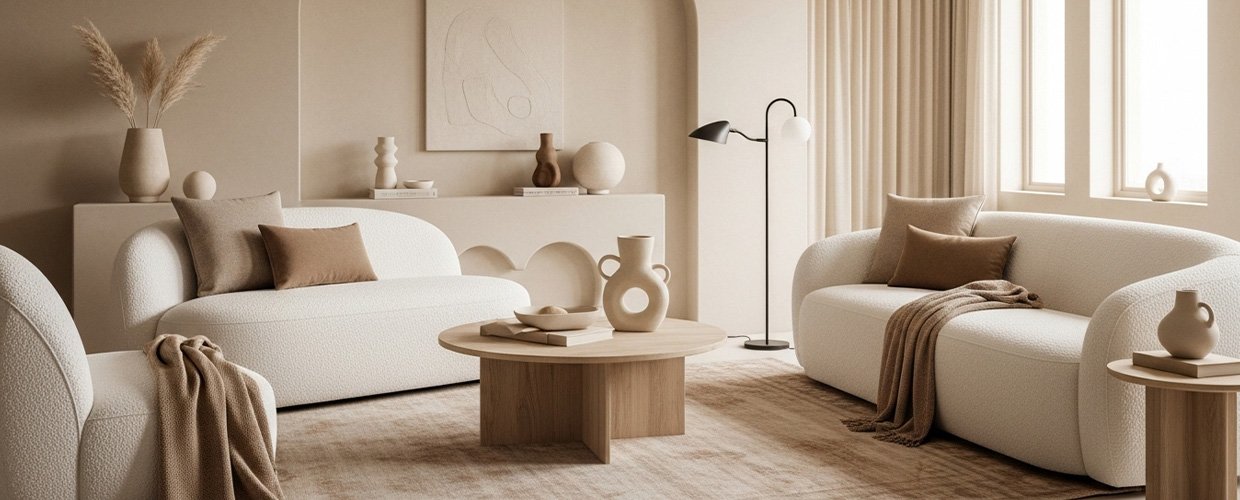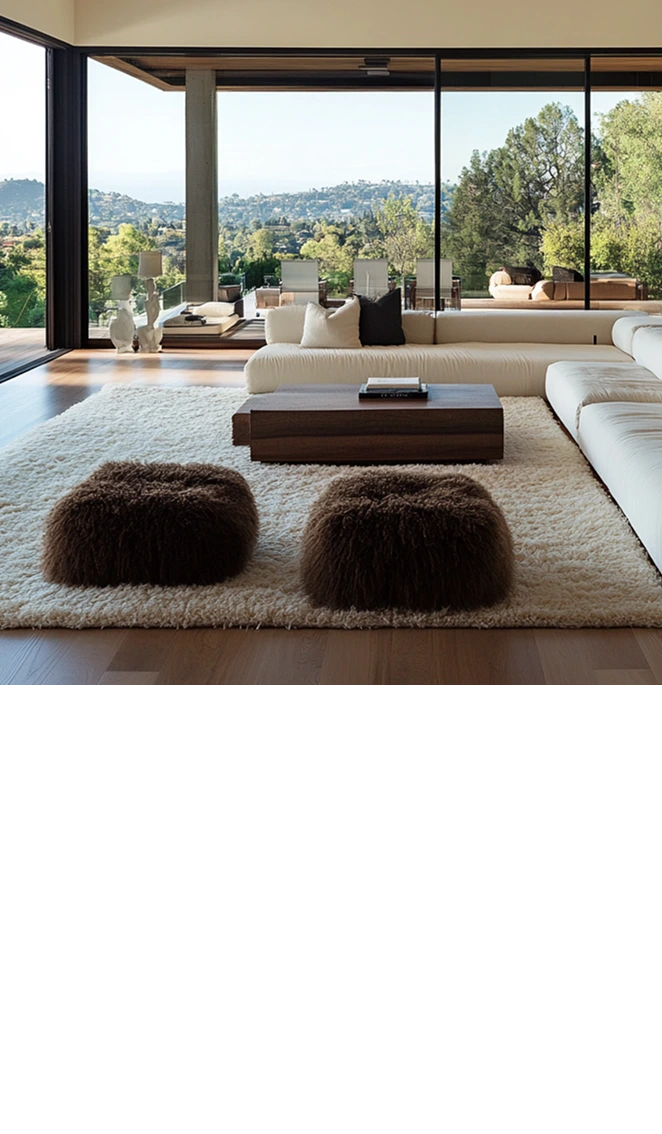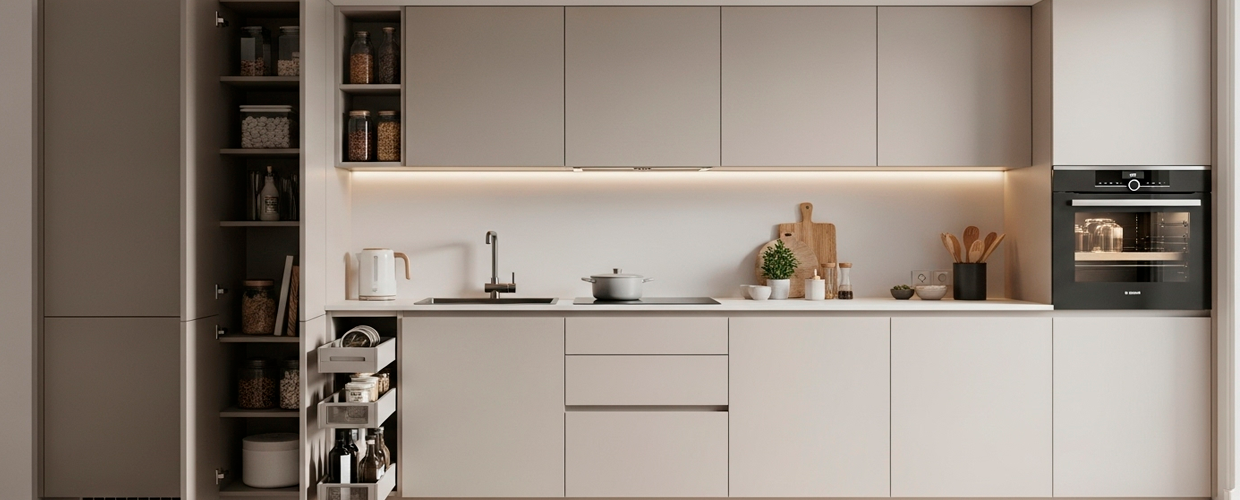
July 25, 2025
Minimalist Kitchens: Smart Storage and Sleek Designs
In today’s fast-paced world, the kitchen has evolved from a mere cooking space to a central hub of the home where functionality meets aesthetics. Embracing a minimalist approach in kitchen design not only enhances the visual appeal but also maximizes efficiency through smart storage solutions. ‘Minimalist Kitchens: Smart Storage and Sleek Designs’ is a concept that marries simplicity with functionality, creating spaces that are both beautiful and practical. This trend is gaining popularity among homeowners and designers alike, as it emphasizes clutter-free environments that promote a sense of calm and order. By focusing on clean lines, neutral colors, and innovative storage options, minimalist kitchens offer a refreshing departure from traditional, cluttered kitchen designs. This approach not only caters to aesthetic preferences but also addresses practical needs, making it particularly appealing to those who value both style and functionality in their living spaces. As we delve deeper into the world of minimalist kitchens, we will explore the key elements that define this style, the benefits it offers, and how you can incorporate these principles into your own home. Whether you are renovating your existing kitchen or designing a new one from scratch, understanding the core tenets of minimalist design can help you create a space that is both timeless and tailored to your lifestyle.
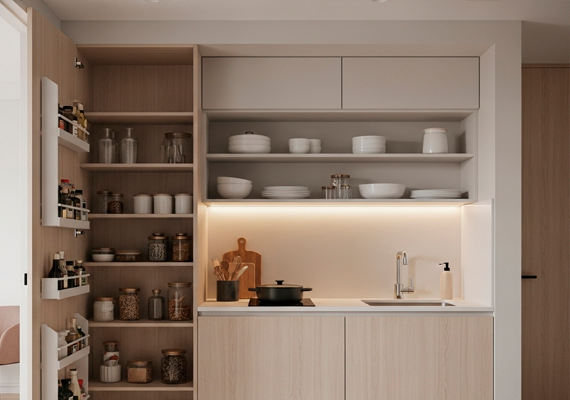
“At the heart of minimalist kitchen design is the principle of ‘less is more.’ This philosophy is reflected in the choice of materials, color palettes, and layout strategies that prioritize simplicity and functionality. One of the standout features of minimalist kitchens is the use of smart storage solutions that keep countertops clear and clutter-free. This often involves the integration of concealed cabinets, pull-out drawers, and multi-functional furniture that make the most of available space. For instance, deep drawers with customized dividers can store pots, pans, and utensils in an organized manner, while vertical storage solutions make use of wall space for items like spices and kitchen tools. In addition to storage, minimalist kitchens focus on sleek designs that emphasize clean lines and unadorned surfaces. This can be achieved through the use of flat-panel cabinetry, seamless countertops, and integrated appliances that blend into the overall design. The color scheme typically revolves around neutral tones such as white, gray, and beige, which create a sense of openness and tranquility. However, accents of wood or metal can be introduced to add warmth and contrast. Lighting also plays a crucial role in minimalist kitchens, with an emphasis on natural light and strategically placed fixtures that enhance the space’s ambiance. By combining these elements, minimalist kitchens not only look elegant but also function efficiently, catering to the needs of modern lifestyles. As we continue to explore this design trend, it becomes clear that the minimalist approach offers a sustainable and stylish solution for contemporary kitchen design.
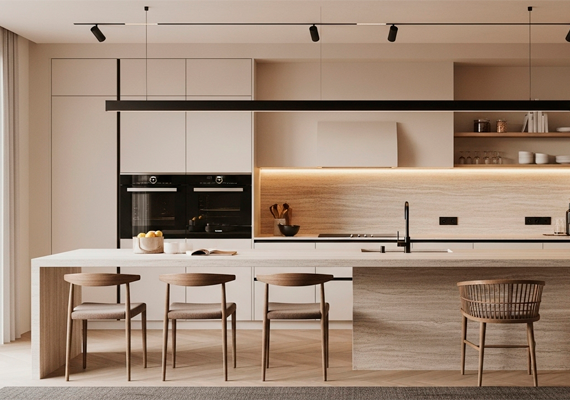
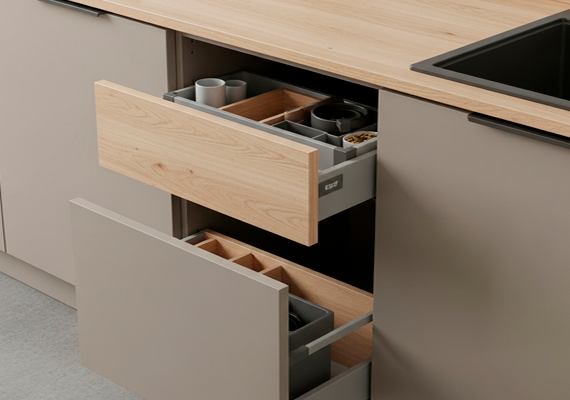
In summary, the trend of ‘Minimalist Kitchens: Smart Storage and Sleek Designs’ is reshaping how we perceive and utilize kitchen spaces. By focusing on simplicity and functionality, this design philosophy offers a solution that is both aesthetically pleasing and highly practical. Key takeaways include the importance of incorporating smart storage solutions to maintain a clutter-free environment, the use of neutral color palettes to create a calming atmosphere, and the integration of sleek design elements that enhance the kitchen’s overall appeal. As homeowners seek to create spaces that reflect their lifestyle and values, minimalist kitchens provide a versatile and timeless option. Whether you are looking to renovate your existing kitchen or embark on a new design project, embracing minimalist principles can help you achieve a space that is both functional and stylish. As you consider your next steps, think about how these elements can be tailored to meet your specific needs and preferences, ensuring that your kitchen remains a central and harmonious part of your home for years to come.
TRENDING NOW

